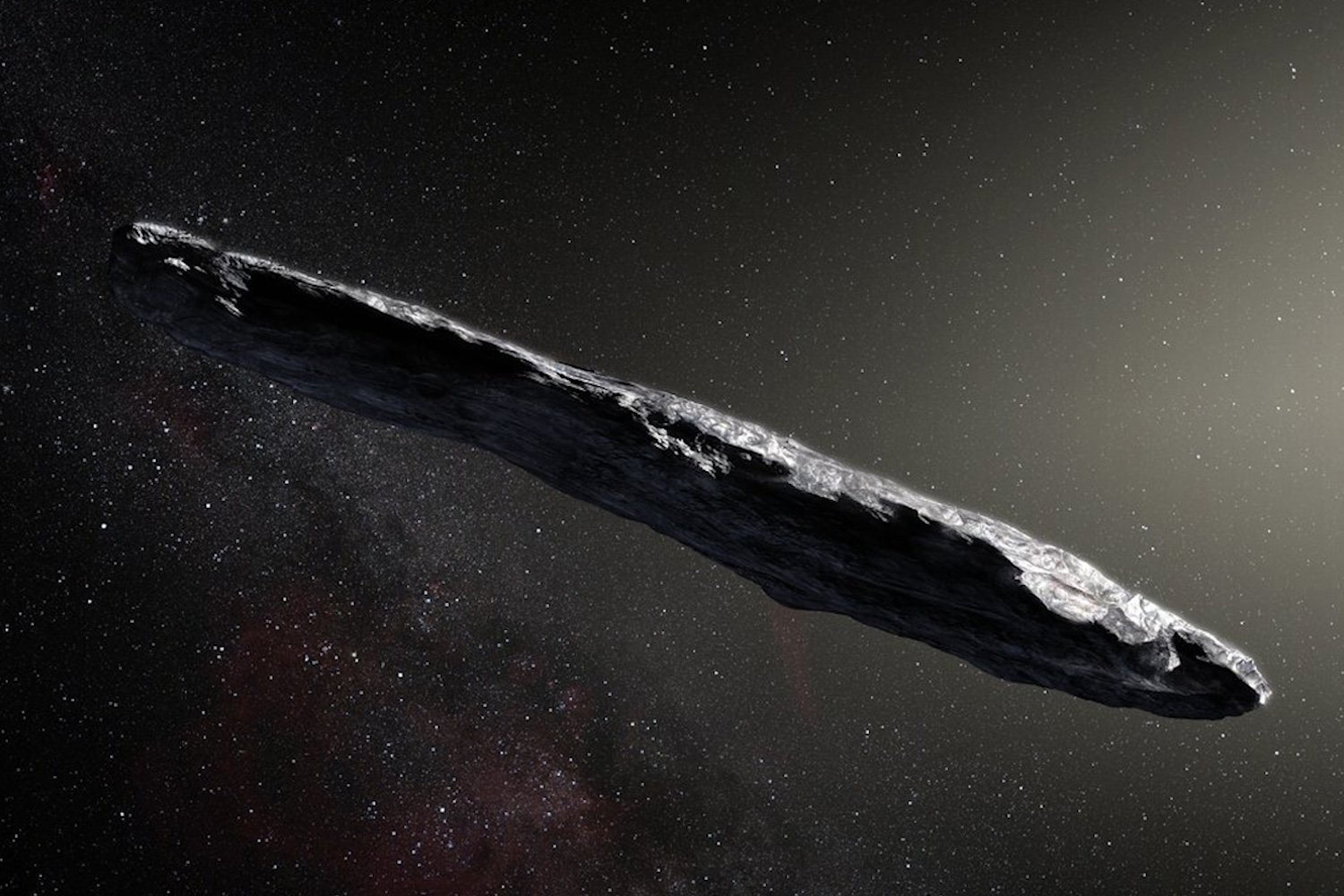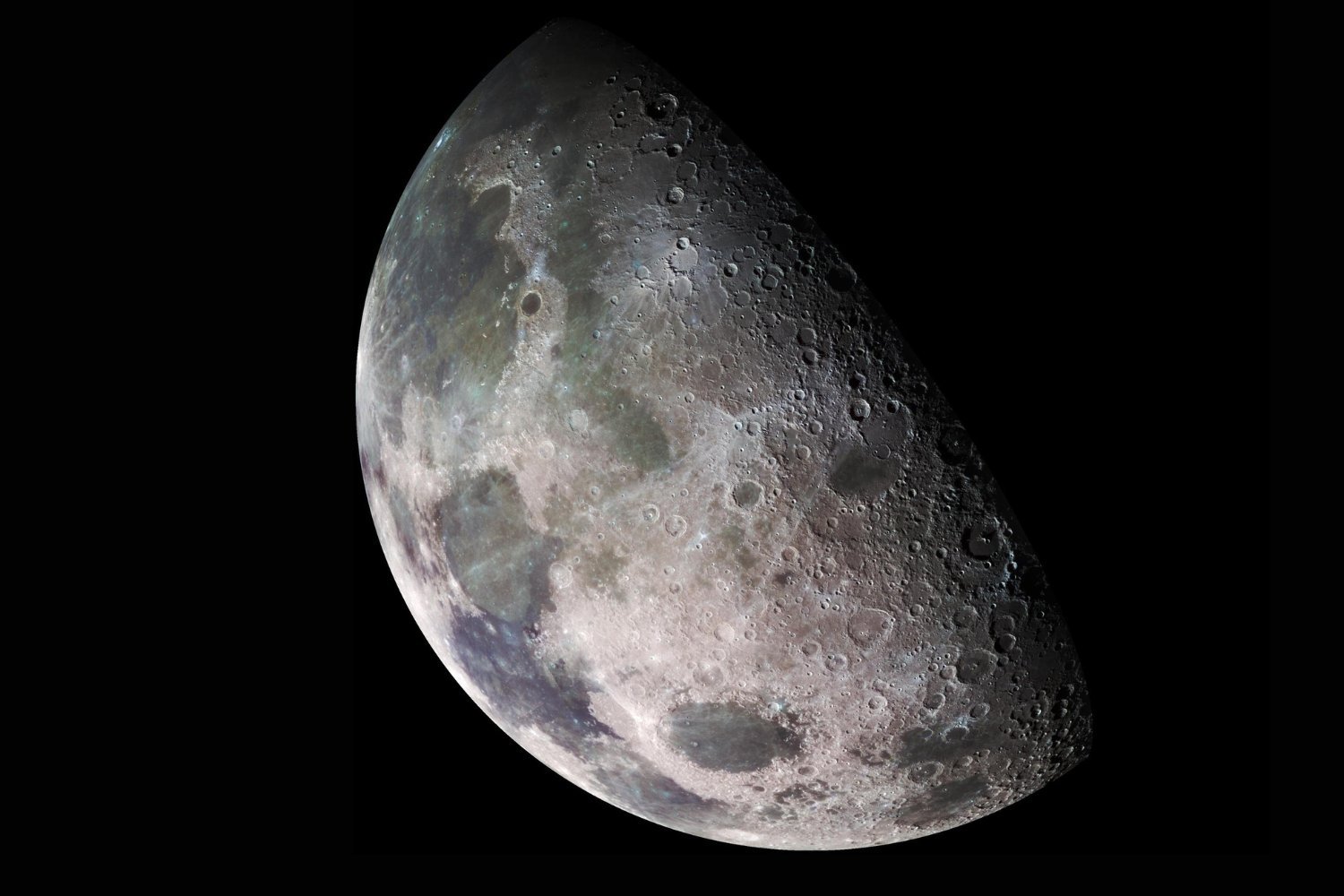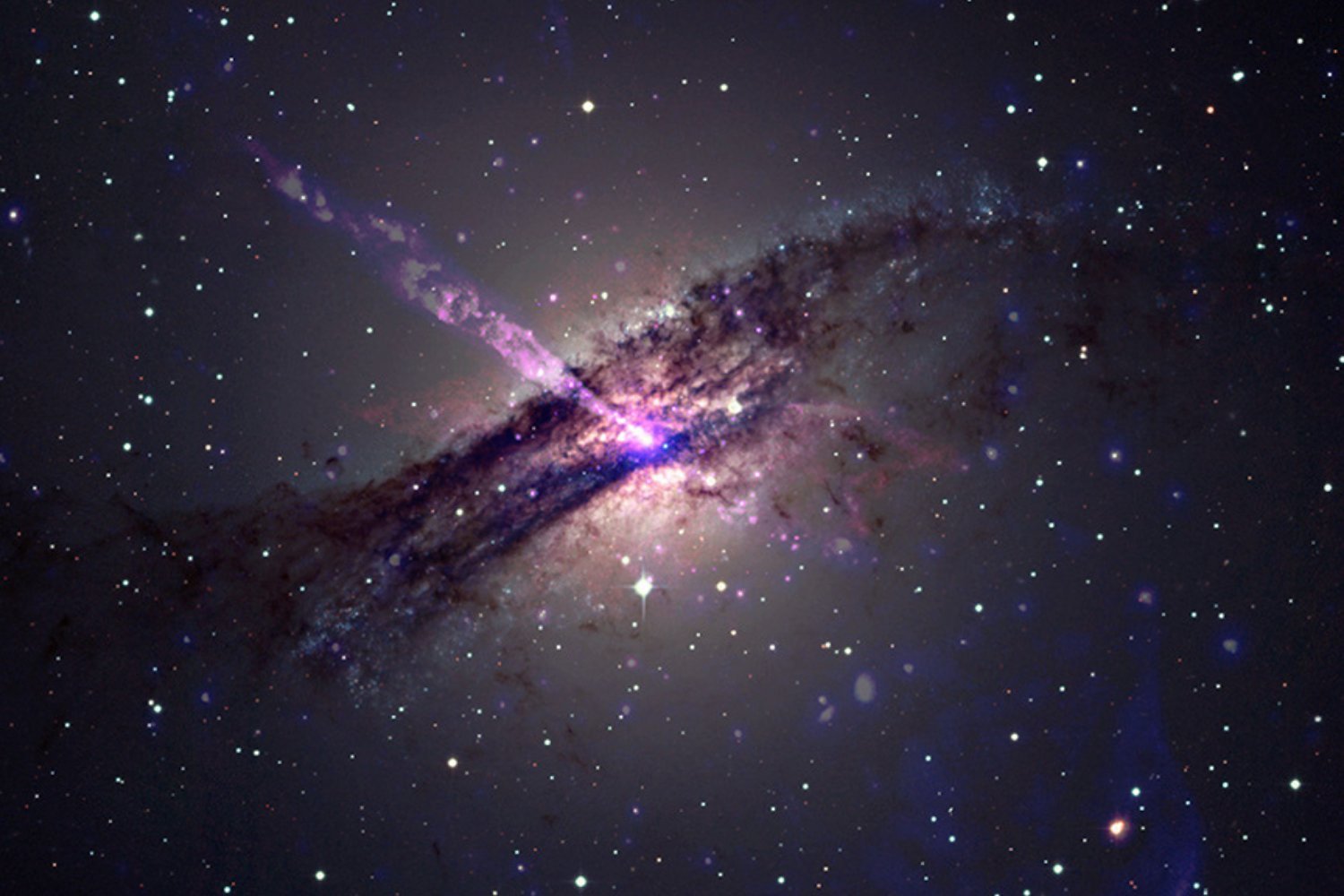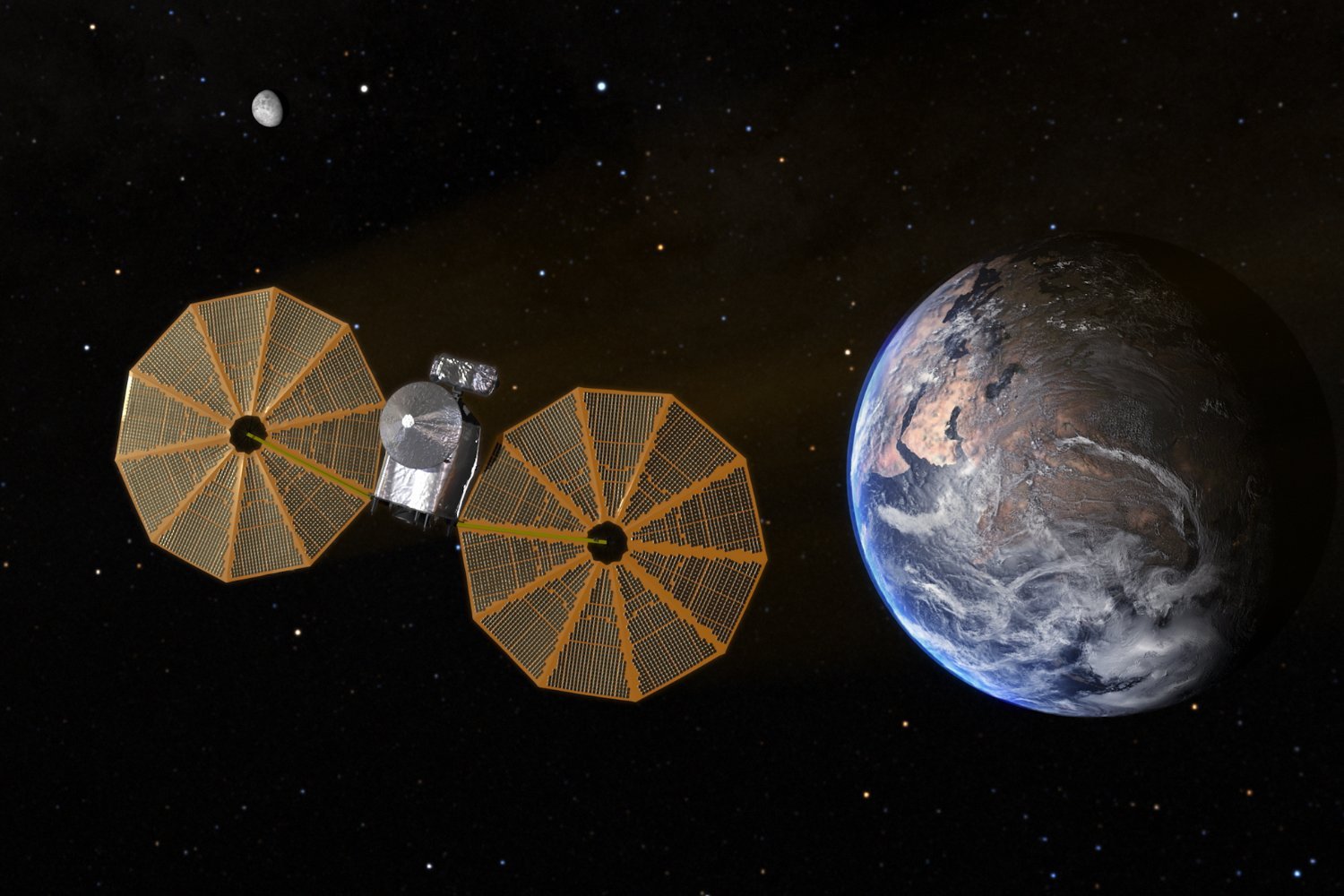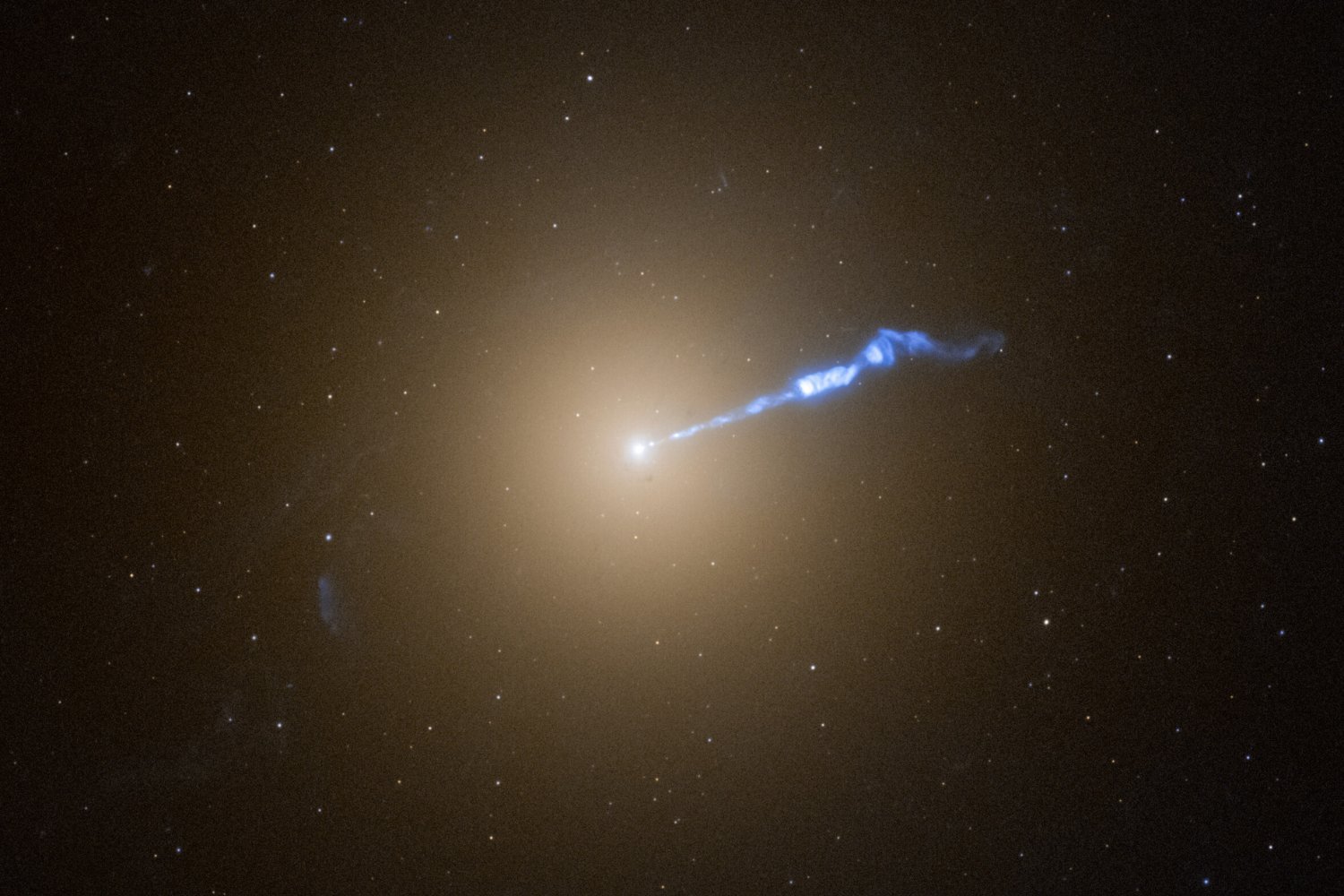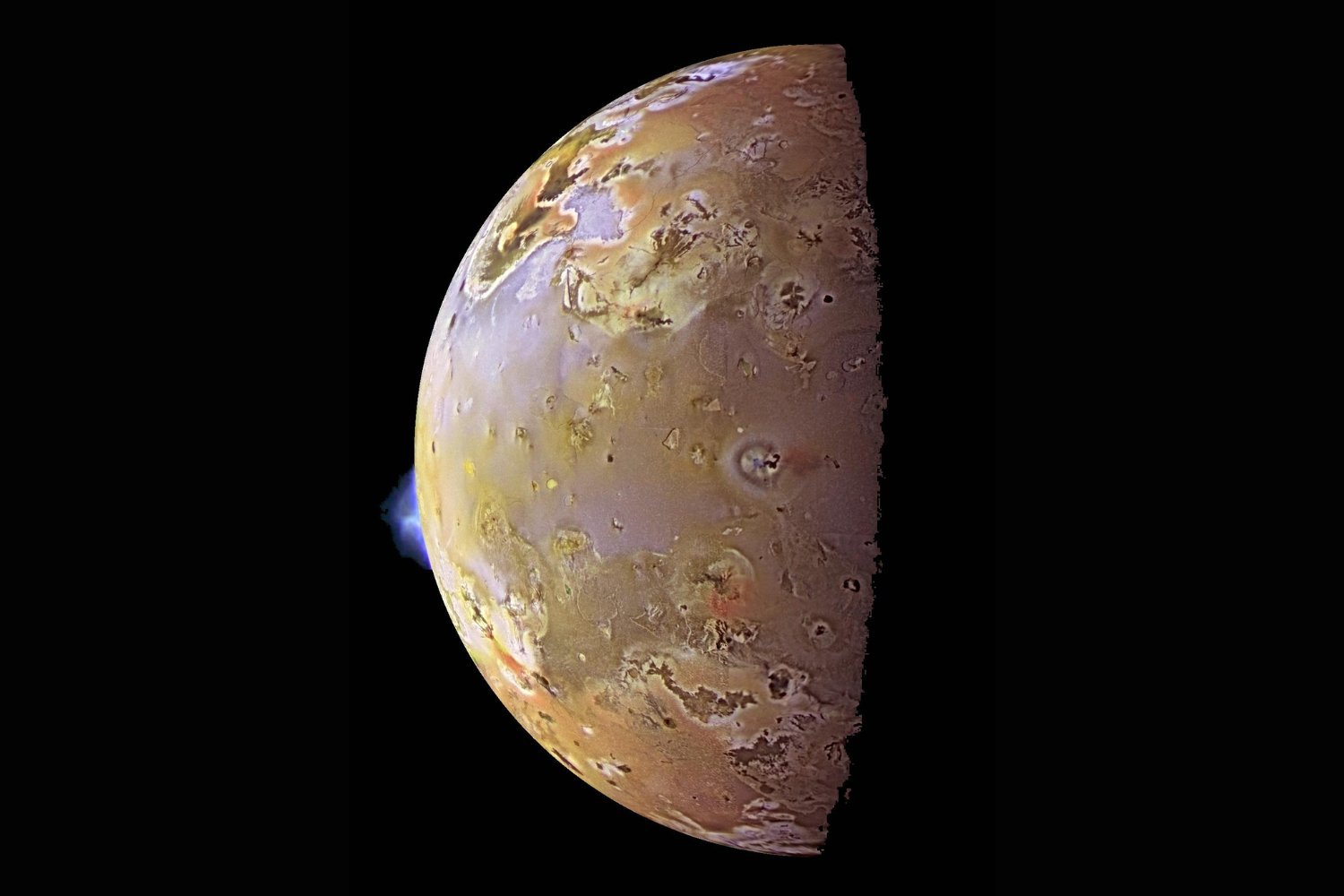Dark comets, celestial objects blurring the lines between asteroids and comets, have recently garnered significant attention from the scientific community. Initially mistaken for asteroids, these intriguing objects exhibit comet-like acceleration when approaching the sun. This hybrid behavior has led to a surge in research, doubling the number of known dark comets and revealing distinct populations within our solar system.
In 2017, the interstellar object ‘Oumuamua captivated scientists with its unusual elongated shape and unexpected acceleration. Originally classified as an asteroid, its cometary behavior led to its reclassification as a dark comet. This discovery highlighted the existence of objects exhibiting characteristics of both asteroids and comets, sparking a renewed interest in identifying similar celestial bodies within our solar system.
A pivotal moment occurred in 2016 with the observation of near-Earth asteroid 2003 RM. Its trajectory deviated from typical asteroid behavior, suggesting the influence of outgassing volatile material, a hallmark of comets. However, no visible cometary tail was detected, leaving scientists puzzled. This enigmatic object remained a mystery until the arrival of ‘Oumuamua, solidifying the connection between these two seemingly disparate celestial bodies. As NASA researcher Davide Farnocchia noted, the similar behavior of ‘Oumuamua and 2003 RM intensified the intrigue surrounding these objects.
By 2023, six more objects had been identified as dark comets, prompting further investigation into their unique characteristics. A recent study, published in the Proceedings of the National Academy of Sciences, details the discovery of seven additional dark comets, bringing the total to 14. This expanded sample size enabled researchers to delve deeper into the characteristics of these elusive objects.
Analyzing reflectivity and orbital patterns, researchers identified two distinct groups: outer and inner dark comets. Outer dark comets, akin to Jupiter-family comets, possess highly elliptical orbits and larger sizes. Inner dark comets, conversely, reside within the inner solar system, following near-circular orbits and exhibiting smaller sizes.
Research on dark comets remains in its early stages. A recent study suggests that a significant portion of near-Earth objects could be dark comets, potentially originating from larger bodies within the main asteroid belt located between Mars and Jupiter. These fragmented remnants now journey closer to Earth.
The potential role of dark comets in the origin of life on Earth is a compelling area of study. They are considered a potential source of essential building blocks for life. Further research into these enigmatic objects will enhance our understanding of their contribution to the development of life on our planet.
In conclusion, the discovery and classification of dark comets represent a significant advancement in our understanding of the solar system. The identification of distinct populations provides valuable insights into their origins and potential roles. As research progresses, we can expect further revelations about these mysterious celestial objects and their influence on the development of life on Earth.



